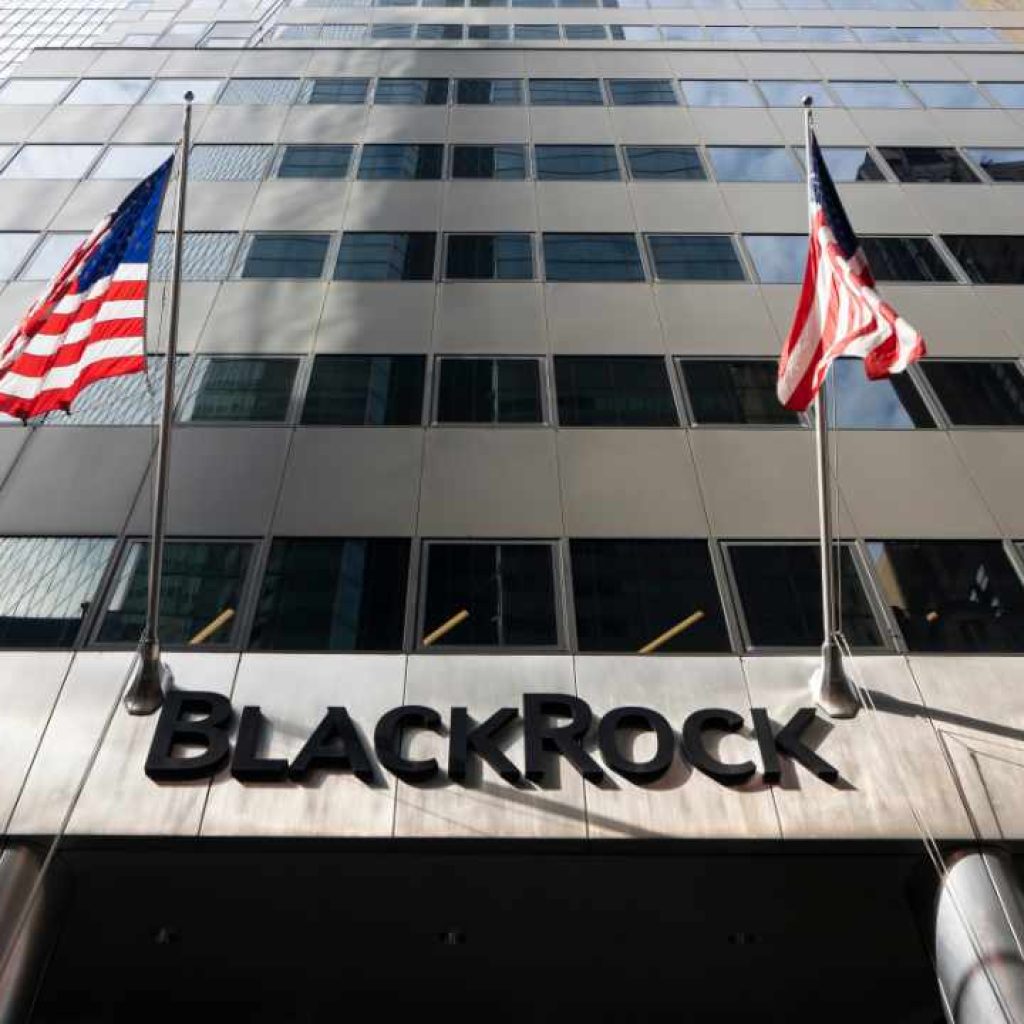The latest round of inflation data is in, just ahead of the Federal Reserve’s policy meeting next week. The news isn’t great. The Commerce Department’s indexes, which the Fed uses to monitor inflation, are showing that prices are still rising, far above the central bank’s target of 2% annually.
U.S. consumers are in a tough spot—they’re spending more money than they’re earning. This isn’t something that can go on forever without causing problems. They’re also dipping into their savings to keep up with their spending, setting up a risky financial future.
Overall, this shows us a cautious Federal Reserve. They’re likely to keep interest rates where they are for now, which means no relief from high rates anytime soon.
The Spending Spree and Its Consequences
This March, people spent more than they made, continuing a trend seen in three of the last four months. The personal savings rate has dropped to its lowest since October 2022, now at just 3.2%.
At the same time, the personal consumption expenditures price index, which is a major tool for the Fed to measure inflation pressures, has gone up to 2.7% in March for all items, and the core measure, which excludes volatile items like food and energy, is at 2.8%.
Just a day before these figures were released, it was reported that the annualized inflation rate for the first quarter was at 3.7% on a core basis, and 3.4% overall. The real gross domestic product growth has slowed down to a 1.6% pace, which is a lot lower than expected.
Rising Prices and Economic Risks
Inflation first started becoming a big problem in the U.S. in 2022, sparked by disruptions in supply chains which were expected to resolve post-pandemic. However, even with the easing of pandemic restrictions, high spending by Congress and the Biden administration has continued, pushing the budget deficit to 6.2% of GDP at the end of 2023 — the highest it’s been since 2012, excluding the pandemic years.
The job market remains strong, with more job openings than available workers, which keeps wages high and adds to inflationary pressures. Even though demand has shifted from goods to services, inflation remains high, challenging the Fed’s efforts to manage it.
Fed officials had hoped that inflation would cool down as the cost of housing fell. While this is still expected to happen as new housing supplies enter the market, inflation in other areas has continued to rise. For instance, the core personal consumption expenditures (PCE) services inflation, excluding housing costs, is running at a 5.6% annualized rate over the past three months.
The strong demand, which the Fed’s rate hikes were supposed to control, has not waned, suggesting that the Fed might not have as much control over inflation as it thought.
There are also increasing concerns about a potential economic downturn. Credit delinquencies are at their highest in a decade, and there’s a growing sense of unease on Wall Street about future volatility. Inflation expectations are also rising, with surveys showing anticipated inflation rates climbing.
JPMorgan Chase CEO Jamie Dimon captured the changing sentiment by first praising the U.S. economic boom as “unbelievable” one day, only to express concerns about persistent government spending and its inflationary impacts the next.
This unexpected rise has had a massive impact on financial markets, causing a plunge in Treasury values as traders adjusted their expectations for when the Fed might start cutting interest rates. When the March data confirmed these figures, it provided some stability, but the overall sentiment remains cautious.
Economists have begun to pay closer attention to these inflation figures, down to the decimal, reflecting a growing concern over precise economic indicators. This detailed scrutiny is a shift from the past and it shows us all how important accurate inflation data has become in forecasting economic policies and managing expectations in an increasingly uncertain economic environment





